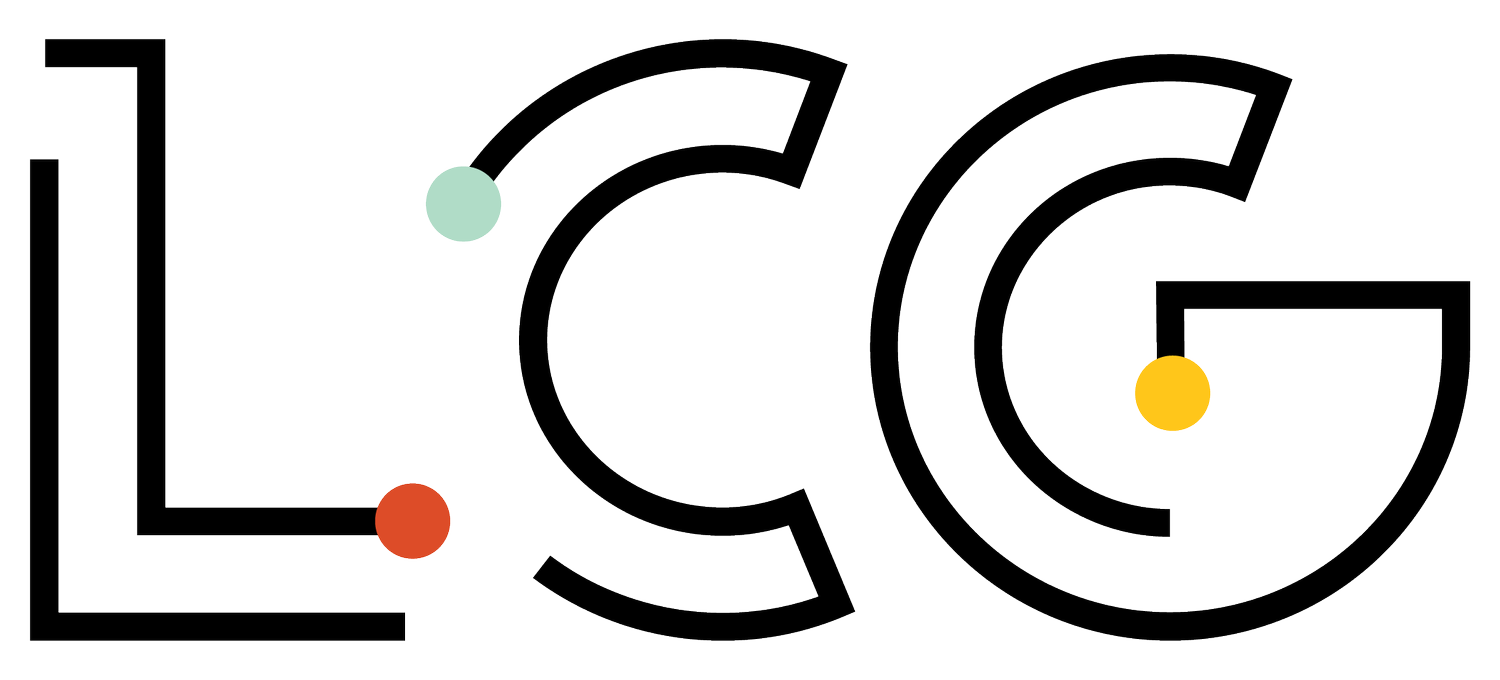This episode of All Things Marketing and Education introduces Serena Robinett, an Education Specialist at Soundtrap, a collaborative, cloud-based recording studio that enables students to create music and podcasts. Elana Leoni, CEO at Leoni Consulting Group (LCG), chats with Serena about all of the things about social and emotional learning (SEL) including how it should serve students of all cultural backgrounds. She also talks about the role of audio recording in developing students' sense of self, and what veteran educators like Serena can bring to the world of EdTech. We'd love for you to listen to the entire podcast episode but we’ve also highlighted things we absolutely just loved. And don’t forget to scroll to the bottom to access the many resources Serena talked about (including SEL lesson plans and activities!).
Making SEL Culturally Responsive
Social and emotional learning, as defined by CASEL (Collaborative for Academic, Social, and Emotional Learning), addresses our ability to develop healthy identities, emotional stability, empathy, and all that flows from these qualities. Speaking as an educator, Serena raised an important point:
"SEL is a way for people to connect with others in a healthy, empathetic, and culturally-responsive way. I added the culturally responsive part, because I know sometimes SEL can be used to box students into certain norms that end up harming Black and Brown students. We're thinking of SEL as socially-accepted behavior, when sometimes that's used to discredit other students." The best way to avoid such assumptions, Serena suggested, is by teachers engaging with each student right away. "Get to know who they are so that you can address what they need when those things come up. To be able to teach them how to manage their emotions, you need to know what those emotions look like."
Getting students to understand SEL's five components (self-awareness, self-management, social awareness, relationship skills, responsible decision-making) requires a longer up-front time investment than many schools want to budget. Serena recommended, "Close your door, build those relationships for a week, maybe two weeks. And then start giving students the ability to go into those five components." This level of engagement can also build the trust critical for any classroom community.
Affirming Individuality
Discussing SEL in the context of a digital audio workstation may seem unusual, yet Serena explained that Soundtrap is committed to an educational focus of bringing people together through enabling them to express their individuality. She gave us a few examples.
"One of my favorite first-day activities is Say My Name. You have students record their voice pronouncing their name. It's getting students to realize, 'Oh, they care. They care about even how I say my name' – and any other information, like nicknames, pronouns, if they feel like it.”
"Another one that I really like, and I've done this with teachers, is our Empathy Interview, where you get to learn about someone, how they're doing, how they're feeling, what they're interested in, the things that they love, their hobbies, what they're passionate about. And then you go into Soundtrap and record them a song or a story that will bring them joy.”
"What's in Your News is reflection questions during hard moments in students' lives. When things happen that incite emotions, how can students reflect? The questions that it offers are: What's happening in your news? How does it make you feel? Based on your identity, how does that make you feel? And then what actions can you do later? So I think that's a really great one.”
"The last one I wanted to share was Allies For Justice, where you learn about how to be an ally to marginalized communities. Giving students a space to think about 'how can I be a better ally to my community?' is really helpful. It's similar to the idea that social-emotional learning also needs to be culturally responsive. That lesson is really powerful and really important."
Listening to Educator Voices
While Serena was concerned about leaving her students mid-year for an EdTech job, she explained the tradeoff: "I taught about 150 to 200 students. Now, I help and support teachers who teach hundreds of thousands of students. A lot of the things that I did as a teacher, like having data on all of my students, now I have data on all my districts. It's very similar in that regard. So I think I have a bigger impact in a different way. It still gives me the same kind of connection, but to teachers and how they're using Soundtrap."
With her memories as an educator still fresh, Serena shared some advice for EdTech developers reaching out to educators: "The most helpful thing is following those educator voices, listening to what they have to say, listening to what they need, and then trying to see where your product could fit in. There's such an incredible community on TikTok, Twitter, Instagram, Pinterest, everywhere teachers are sharing their expertise, their knowledge. They're also asking, 'What do I need? What can I do? How do I do this?' Trying to tap into that community as best as possible, and then share your product, I think would be really helpful."
The connection between playing with digital audio and teaching SEL may seem counterintuitive, yet Soundtrap's success shows the powerful possibilities of thoughtfully applied EdTech.
Here's the full transcript of Serena's podcast episode.
Note: Soundtrap is a client of LCG but this is not a sponsored episode. We just love showcasing passionate educators making a difference. As always, all opinions are our own.
Resources Mentioned in this Episode:
Soundtrap (a collaborative, cloud-based recording studio that enables students to create music and podcasts)
Edutopia (George Lucas Educational Foundation)
Collaborative for Academic, Social, and Emotional Learning (CASEL) (defining SEL)
LiberatED founder Dena Simmons (discusses cultural responsiveness as a part of SEL)
The Mandalorian (example used as a way to check in- which baby yoda are you today?)
My Hero Academia (a show Serena watched because her students were obsessed with it)
Activity: 4-7-8 Breathing (creating calming loops for meditation, regulating your parasympathetic nervous system)
Activity: The Calm Down Bottle (a how-to video that shows you step-by-step to make a bottle that allows students to self-soothe.)
Activity: Say My Name (one of Serena’s favorite first-day activities)
Activity: Empathy Interview (Soundtrap project that includes recording a song based on your partner’s story)
Activity: Allies For Justice (a lesson helping kids understand how to be a good ally)
Learning for Justice (inspiration for the '“Allies for Justice” activity above)
Edutopia Research E-Newsletter (provided new research about SEL that Elana mentioned)
Robin Arzon (Serena’s favorite Peloton instructor that’s inspiring her now)
Soundtrap Anthem (a collaborative project with the Soundtrap community)
Episode Skeleton (use this to jump to the parts you want to listen to):
[2:31] A little bit about Serena
[4:21] Transitioning students from viewers to creators
[6:04] Serena’s journey from being a music teacher to Education Specialist at Soundtrap
[9:05] “Aha moments” with teachers instead of students
[10:55] What Serena was prepared for and underprepared for as an educator entering the EdTech world
[12:40] She still is a teacher teaching
[13:31] Tips for any educators thinking about transitioning
[12:48] Elana and Serena discuss the phrase “I’m just a teacher.”
[17:05] Serena defines SEL (including cultural responsiveness)
[19:25] We weren’t taught these things.
[21:39] How to get started with SEL
[23:45] How to do check-ins (and checking in as much as you can)
[29:48] 4-7-8 breathing and regulating the parasympathetic nervous system
[36:18] What Serena wishes she knew about SEL sooner
[37:54] Benefits of SEL outside of the classroom
[39:50] “Don’t make this a binder on the shelf”
[41:31] What should EdTech companies do more of when talking to educators?
[44:17] What’s inspiring Serena
[46:52] How to get in touch with Serena
Elana Leoni, Host
Elana Leoni has dedicated the majority of her career to improving K-12 education. Prior to founding LCG, she spent eight years leading the marketing and community strategy for the George Lucas Educational Foundation where she grew Edutopia’s social media presence exponentially to reach over 20 million education change-makers every month.
Serena Robinett, Guest
Serena Robinett serves as an Education Specialist at Soundtrap, a Spotify company. With a focus on the importance of cultivating and sharing student voices, building trusting relationships, and creating culturally responsive classrooms, she works with districts, schools, and teachers in the Southeast U.S., supporting the development of classroom creativity and sharing students' individual voices through Soundtrap's unique audio platform. Prior to joining Soundtrap, Serena taught technology at a K-8 school in Harlem, NYC, where her students learned to share their voices and knowledge through technological applications, as well as becoming digital citizens and computational thinkers. Before that, she worked as the Instrumental Music director for a middle school in Queens, NY, where her students learned music literacy and history, and participated in rock, symphonic, and digital music ensembles. The child of Southern California real estate agents and a graduate of Teachers College at Columbia University, Serena pursues many other projects, including property sales with Christie's International Real Estate, and conducting workshops and managing social media accounts within the real estate sector.
About All Things Marketing and Education
What if marketing was judged solely by the level of value it brings to its audience? Welcome to All Things Marketing and Education, a podcast that lives at the intersection of marketing and you guessed it, education. Each week, Elana Leoni, CEO of Leoni Consulting Group, highlights innovative social media marketing, community-building, and content marketing strategies that can significantly increase brand awareness, engagement, and revenue.
Rate, Like, and Subscribe
Let us know what you thought about this episode by rating and reviewing our podcast. Click here, scroll to the bottom, tap to rate with five stars, and select “Write a Review.” Then be sure to let us know what you loved most about the episode! Also, if you haven’t done so already, subscribe to the podcast to be notified when we have more content to share with you.





